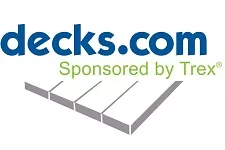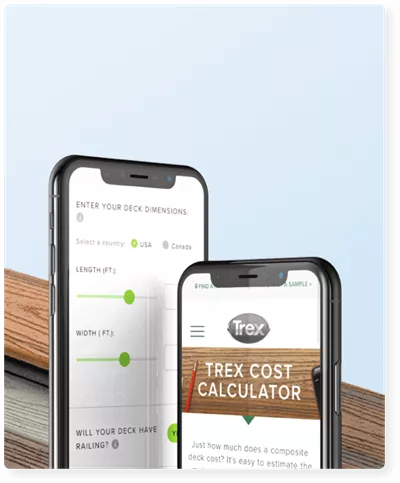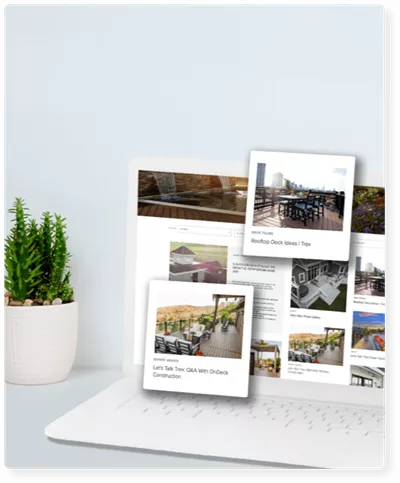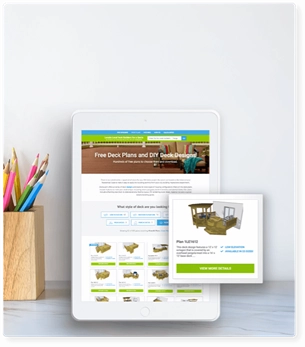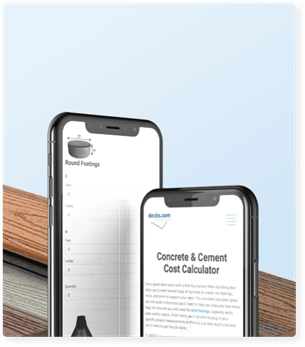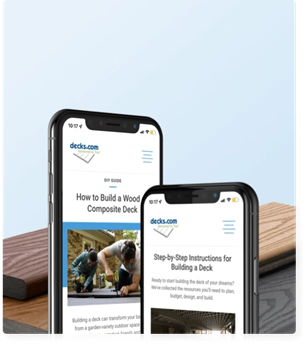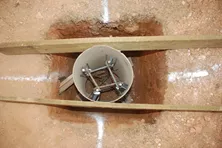The Buried Post Footing

This footing method involves pouring a concrete pad at least 12” thick at the base of your hole. Next, set a pressure treated wood support post rated for "ground contact" on top of the pad and backfill the soil into the hole. "Ground rated" treated wood contains a higher concentration of preservative chemicals than normal wood and will offer increased protection from decay while buried in soil. This is the same type of wood that is used for retaining walls. The pressure treatment companies insist that these posts will last longer in the ground than the deck frame that is built above it, and this practice is accepted by the IRC code.
The buried post method offers the advantage of reducing the amount of concrete work required for each footing and actually provides additional lateral (side-to-side) support to the post to resist wind loads. It also reduces the amount of soil you need to haul away and can save you some money because you no longer need concrete anchors and post base hardware. The only obvious disadvantage is that if the post is ever damaged, it will be very difficult to replace.
Cutting a Concrete Pad
Learn how to use a concrete saw to cut a hole in a patio slab to install a deck footing.
Deck Bracing
Learn how to install knee bracing in-between your deck support posts to provide extra strength against high winds and to prevent racking forces for tall decks.
Water in deck footing holes
Find out what to do if your deck footing holes fill up with water.
How to Decorate Deck Support Columns
Browse some examples of decorative deck support posts for tall decks.
Engineered Deck Beam
Use treated engineered deck beams for long spans with fewer posts and footings. Engineered beams can be designed and specially ordered from your lumberyard.
Reinforcing Deck Rim or Band Joists
Learn a technique to strengthen your guard rails by installing a double rim joist and adding structural blocking to reduce bounce.
More Helpful Resources
Explore Articles by Topic
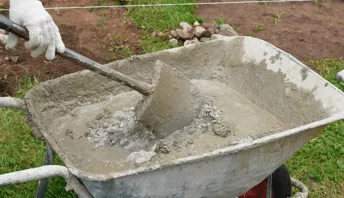
Footings
Information related to installing frost footings for decks
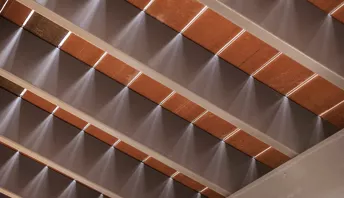
Framing
Learn structural framing methods

Decking
Learn about wood and composite decking materials
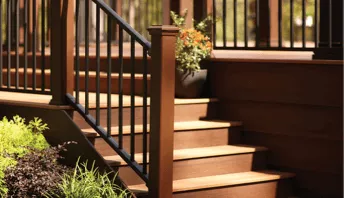
Stairs
An in-depth look at the complex issue of how to build stairs
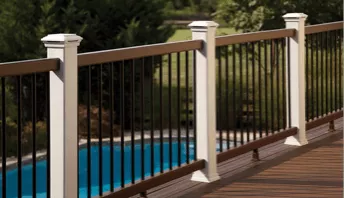
Railings
How to install guardrails and handrails to meet IRC code
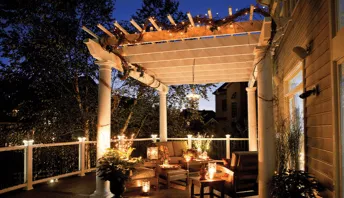
Features
An overview on water drainage, benches, planters and lights

Design
The basics of deck design
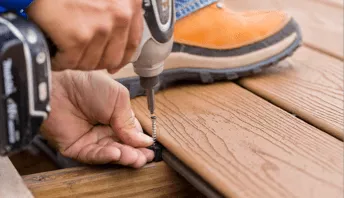
Planning
Learn about permits and working with contractors

Porches & Patios
Build a covered deck to enjoy all seasons
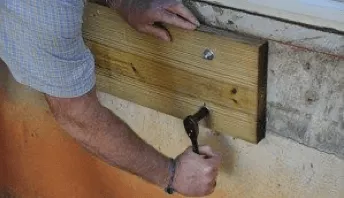
Ledger
Proper attachment techniques
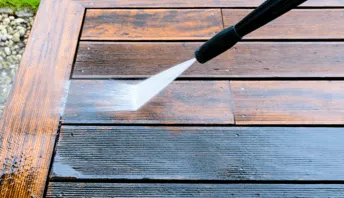
Care
Maintain your deck to maintain your investment
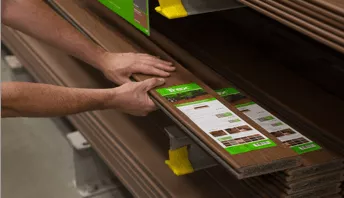
Materials
An overview on water drainage, benches, planters and lights
How many footings do I need?
Learn how to determine the number of footings and support posts you need for your deck when designing your deck frame.
Cutting a Concrete Pad
Learn how to use a concrete saw to cut a hole in a patio slab to install a deck footing.
Protecting From Collapse
Learn how to use cardboard sonotubes and hole covers to protect your deck footing holes from caving in and flooding before pouring concrete.
Why is Joist Protection so Important for Your Deck?
If you’ve ever seen a piece of wood left out in the weather for any period of time, you know what happens: decay. Whether through wet rot, insect damage, or mildew, the fibers begin to break down.
Building a Balcony Deck
Learn information about balcony decks that use cantilevered joists that attach to house floor truss systems.
Deck Blocking: Spacing, Methods, and How to Install Like a Pro
Learn the importance of deck blocking and how to install it when building your deck.
Explore Articles by Topic

Footings
Information related to installing frost footings for decks

Framing
Learn structural framing methods

Decking
Learn about wood and composite decking materials

Stairs
An in-depth look at the complex issue of how to build stairs

Railings
How to install guardrails and handrails to meet IRC code

Features
An overview on water drainage, benches, planters and lights

Design
The basics of deck design

Planning
Learn about permits and working with contractors

Porches & Patios
Build a covered deck to enjoy all seasons

Ledger
Proper attachment techniques

Care
Maintain your deck to maintain your investment

Materials
An overview on water drainage, benches, planters and lights
